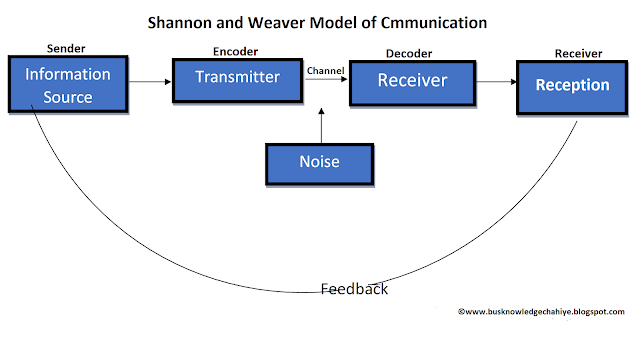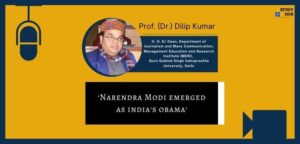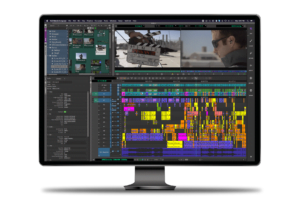Shannon Weaver model of communication was developed in 1948 when Claude Shannon wrote an article “A Mathematical Theory of Communication” with Warren Weaver in Bell System Technical Journal.
- Shannon and Weaver model is one of the important models in the field of the communication. It is also called a ‘Mathematical Theory of Communication’ or ‘mother of all models’.Shannon was an American Mathematician whereas Weaver was a Scientist.
- In engineering, this model is also called information theory and is used academically to calculate transmission through machines and also has a formula.
- Shannon and weaver model of communication deals with various concepts like Information source, transmitter, Noise, channel, message, receiver, channel, information destination, encode and decode so this model is more technological than other linear models.
According to the model, there are five most significant elements of communication process.

- Sender (Information Source) – It decides the information massage which has to be transmitted. The message can be any part, idea, opinion, views, thoughts etc.
- Encoder (Transmitter) – Sender uses machine to change/convert the information message into signals which is then transmitted to receiver.
Note: For example- In telephone the voice is converted into wave signals and it transmits through cables.
- Noise- unpleasant sound is noise. Noise is the physical disturbances like environment, people etc. which completely change the actual meaning of the transmitted message and also distorts the source.
- Decoder (Receiver) – It is just opposite to the encoder who uses machine to change/convert the signal again into the message which can be understandable by the destination.
- Destination- The destination of the message from sender who transmitted signal is decoded by the receiver.
Examples of Shannon and Weaver Model of Communication
Example 1- Brain might be the Sender, mouth is the encoder which encodes to a particular language, air might be the channel, another person’s ear might be the receptor and his brain might be the decoder and receiver.
Example 2- An editor made call to one of the reporter about a meeting happening for important news coverage at 5pm but during his call, noise appeared (transmission error) and reporter received ‘we have a meeting about the important news coverage’ (‘’at 5pm’’ goes missing due to phone network disruption or noise).
- Sender: Editor
- Encoder: Telephone network company
- Channel: Mobile network
- Noise: Missing time due to disruption
- Decoder: Mobile phone
- Receiver: Reporter Here again reporter asked (feedback) – at what time?
Due to transmission error or noise, reporter can’t able to understand Editor’s messages. The noise affected the communication flow between them.
This model was first made to improve technical communication, It was made to maximise telephone capacity with minimum noise and later it’s widely applied in the field of Communication.
Criticism:
It is more interpersonal communication model than group communication and mass communication. This model does not tell about feedback also. · Receiver plays the passive part in the communication process as sender plays the primary role that sends messages.





















